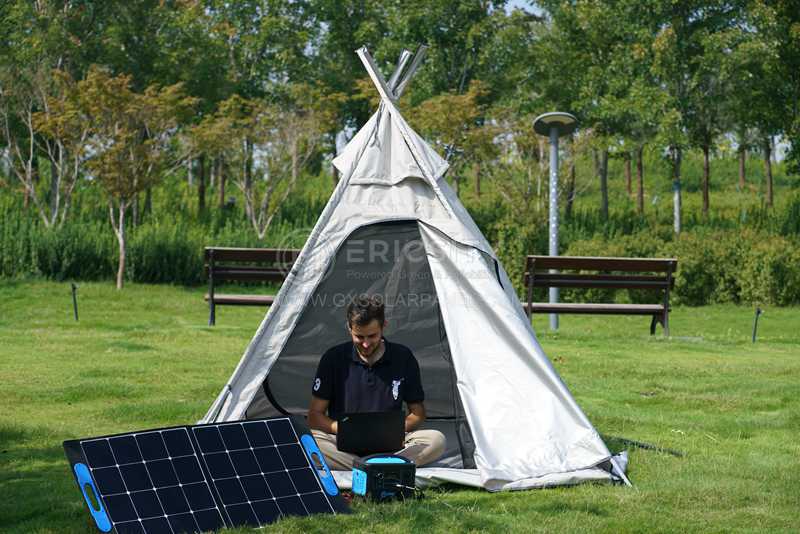HOT PRODUCT
Product Details
amorphous Flexible Solar Panels For Residential Use
Title: Amorphous Flexible Solar Panels for Residential Use
Introduction:
In recent years, the global shift towards sustainable and renewable energy sources has accelerated dramatically. Solar power has emerged as a viable alternative to traditional forms of electricity generation, offering numerous advantages, such as reducing carbon emissions, lowering energy costs, and reducing reliance on fossil fuels. One exciting development in solar panel technology is the advent of amorphous flexible solar panels, which have gained increasing attention due to their versatility, efficiency, and suitability for residential applications. In this article, we will explore the fascinating world of amorphous flexible solar panels and their potential to revolutionize the solar industry.

Defining Amorphous Flexible Solar Panels:
Amorphous flexible solar panels, also known as thin-film solar panels, differ from traditional crystalline silicon solar panels in both their composition and structure. Rather than using solid silicon, amorphous panels are made by applying a thin layer of photovoltaic material, such as amorphous silicon (a-Si), copper indium gallium selenide (CIGS), or cadmium telluride (CdTe), onto a flexible substrate material like plastic or metal. This manufacturing process allows for greater flexibility, making them ideal for various applications where traditional rigid solar panels may not be suitable.
Advantages of Amorphous Flexible Solar Panels:
1. Flexibility and Versatility: The inherent flexibility of these panels allows for easy integration into curved surfaces or irregular shapes, providing the opportunity for innovative and aesthetically pleasing solar installations. They can be seamlessly integrated into building materials like roofing tiles, windows, or even clothing, enabling greater solar power utilization in residential settings.
2. Lightweight and Portable: Amorphous flexible solar panels are significantly lighter than their crystalline counterparts, making them easier to install and transport. The lightweight nature of these panels enhances their suitability for residential applications, as they can be mounted on rooftops without requiring specialized structural reinforcement.
3. Low-light Performance: Unlike traditional solar panels, amorphous flexible solar panels exhibit better performance in lower light conditions. This ability is due to their unique properties, which allow for wider light absorption angles. Consequently, they are better suited for regions with overcast weather or areas that experience shading throughout the day, resulting in increased energy production over time.
4. Durability and Resistance: The flexible nature of these panels also contributes to their enhanced durability. They are less prone to cracking or breaking under harsh weather conditions, making them suitable for areas prone to high winds or seismic activity. Additionally, since they lack fragile components like crystalline silicon cells, the risk of microcracks is significantly reduced, prolonging their lifespan.

5. Cost-Effectiveness: Amorphous flexible solar panels have lower production costs compared to traditional solar panels. The manufacturing process requires less material, energy, and time, resulting in reduced production expenses. Additionally, the lightweight and ease of installation contribute to further cost savings during mounting.

Challenges and Future Prospects:
While amorphous flexible solar panels offer numerous advantages, they do face some challenges. One significant challenge is their lower efficiency compared to crystalline silicon panels, which affects their overall power output in optimal conditions. However, technological advancements and ongoing research are continually improving their efficiency, aiming to bridge this gap.

The future prospects for amorphous flexible solar panels in residential use are promising. As more research and development are dedicated to enhancing their efficiency, affordability, and longevity, the demand for these innovative panels will likely increase. Moreover, government initiatives, subsidies, and increased consumer awareness of the benefits of solar energy will further drive the adoption of amorphous flexible solar panels in residential settings.
Conclusion:
Amorphous flexible solar panels represent a breakthrough in solar panel technology, offering a host of advantages ideal for residential applications. Their flexibility, lightweight design, and enhanced durability make them suitable for various installations and environments. Though they currently have lower efficiency compared to traditional solar panels, ongoing advancements in technology will likely improve their overall performance. As we move toward a greener future, amorphous flexible solar panels are set to play a vital role in driving widespread adoption of solar energy in residential settings, fostering sustainability, and reducing our dependence on conventional energy sources.




